Home France is recognized for its significant cultural heritage, exceptional cuisine, and attractive landscapes, making it the most visited country in the world. From seeing…
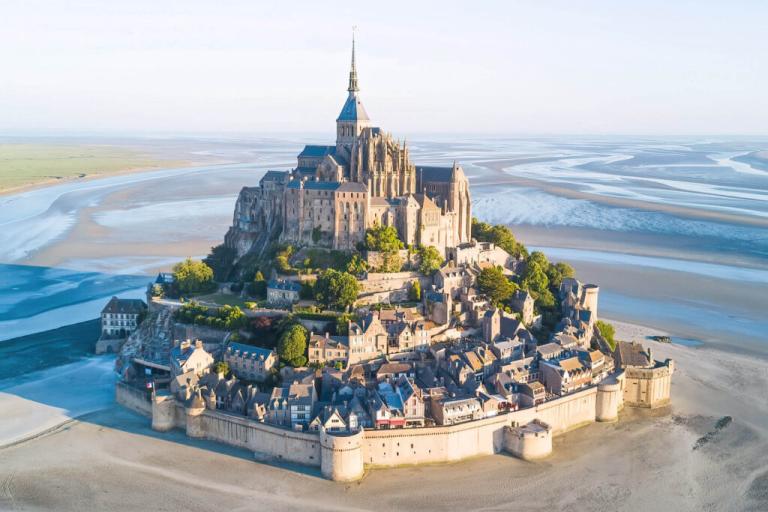
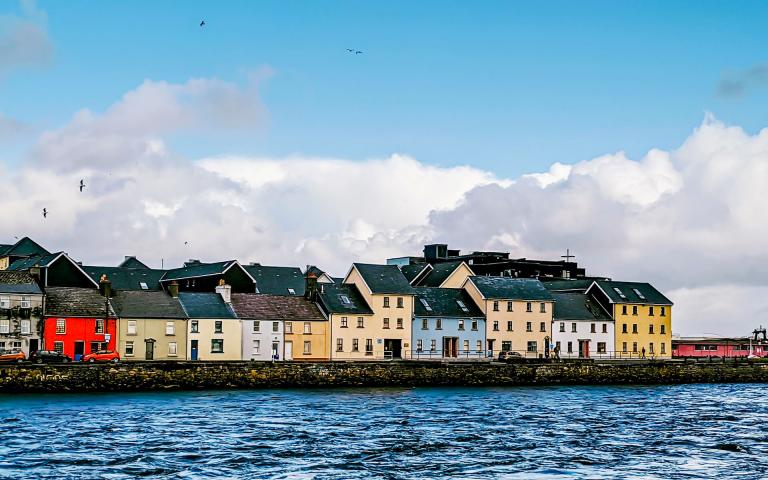
Galway, a dynamic city located on Ireland’s western coast, is the most populated urban area in the province of Connacht. Situated at the confluence of the River Corrib and Galway Bay, this urban center has a population of 85,910 according to the 2022 census, ranking it as the fifth most populated city in Ireland and the fourth in the Republic of Ireland. The city’s distinctive position, situated between Lough Corrib and Galway Bay, has significantly influenced its history, culture, and economic growth throughout the ages.
The history of Galway starts in 1124, when the King of Connacht erected a castle adjacent to a pre-existing village. This strategic decision established the groundwork for the ultimate development of a prosperous metropolitan core. The city received legal recognition in 1484 by the issuance of a municipal charter, which permitted its residents to establish a council and elect a mayor. This crucial juncture in Galway’s history signified the commencement of its emergence as a prominent trade port.
In its formative years, Galway was predominantly governed by a consortium of powerful merchant families referred to as the Tribes of Galway. These families were instrumental in defining the city’s economic and political scene, cultivating trade relations that would enhance Galway’s wealth. The fortified city that emerged under their control evolved into a commercial center, drawing merchants and traders from all over Europe.
Despite experiencing phases of decline throughout its history, Galway has witnessed a significant revival in the 21st century. Currently, the city has transformed into a leading tourist attraction, recognized for its many cultural activities and lively ambiance. This shift is highlighted by the various festivals and events occurring in Galway annually, with the Galway International Arts Festival being a notable highlight.
In 2018, the city garnered international acclaim for its cultural importance as Galway was designated the European Region of Gastronomy. This award recognized the city’s gastronomic legacy and its dedication to fostering local culinary traditions. Galway attained another milestone by being named as the European Capital of Culture for 2020, along with Rijeka, Croatia. This esteemed title highlighted Galway’s significance as a hub of arts and culture, both inside Ireland and throughout Europe.
Galway’s status as Ireland’s Cultural Heart (Croí Cultúrtha na hÉireann) is justified. The city hosts a varied range of cultural institutions and venues, serving several artistic disciplines. In 2004, Galway had a notable cultural infrastructure of three dance organizations, ten festival companies, two cinema organizations, two Irish language organizations, 23 musical organizations, twelve theatre companies, two visual arts groups, and four authors’ groups. The diverse array of cultural institutions guarantees the city remains a dynamic center of innovation and creative expression.
The city’s dedication to the arts transcends conventional mediums, as demonstrated by its UNESCO City of Film recognition in 2014. This acknowledgment underscores Galway’s impact on the cinematic realm and its prospects as a hub for film production and appreciation. The designation has reinforced the city’s status as a cultural powerhouse, drawing filmmakers, artists, and creatives from worldwide.
The allure of Galway extends beyond its cultural offers. The city’s topography, with ancient squares and architectural treasures, enhances its distinctive character. Eyre Square, situated in the city’s core, functions as a primary assembly point for residents and tourists. The square, including John F. Kennedy Park, exemplifies Galway’s link to global history and culture. The Spanish Parade, located near the renowned Spanish Arch, provides insight into the city’s nautical history and its historical ties to Spain.
The appeal of Galway goes beyond its cultural and historical importance. In 2007, the city received global recognition by being designated one of the eight “sexiest cities” in the world. This unforeseen recognition highlights Galway’s distinctive combination of historical allure and contemporary liveliness. A 2008 survey solidified Galway’s reputation as a premier tourist destination, ranking it 42nd internationally, surpassing other European capitals and established tourist attractions.
Galway has effectively diversified its economy, integrating old industries with contemporary areas. The city functions as a center for manufacturing, especially in advanced sectors including medical devices, electronics, and chemicals. A strong service sector, with commerce and professional services employing about 50% of the workforce, strengthens the city’s industrial strength. The economic environment of Galway is enhanced by global firms such as Boston Scientific, Medtronic, EA Games, Cisco, and SAP AG, who have built regional offices in the city and surrounding areas.
Tourism is essential to Galway’s economy, attracting over 2.1 million tourists in 2000 and generating income above €400 million. The surge of visitors substantially bolsters the local economy and solidifies Galway’s status as a leading resort on Ireland’s western coast.
Currency
Founded
Calling code
Population
Area
Official language
Elevation
Time zone
Ireland is an island republic located in the North Atlantic Ocean off the northwestern coast of mainland Europe, with a population of around 7 million as of 2022. This island, the third-largest in Europe and the twentieth-largest worldwide, is geopolitically partitioned…
Kilkenny, located in County Kilkenny, Ireland, has a population of 27,184 according to the 2022 census, ranking it as the thirteenth-largest urban center in the nation. This lovely city, situated in the South-East…
Dublin, the capital of Ireland, is a dynamic city located on a bay at the estuary of the River Liffey in the province of Leinster. According to the 2022 census, the city council area…
Cork is the second-largest city in Ireland and the administrative center of County Cork, with a population of 224,004 according to the 2022 census. This dynamic metropolitan hub, located in the province of Munster, is…
Home France is recognized for its significant cultural heritage, exceptional cuisine, and attractive landscapes, making it the most visited country in the world. From seeing…

Boat travel—especially on a cruise—offers a distinctive and all-inclusive vacation. Still, there are benefits and drawbacks to take into account, much as with any kind…
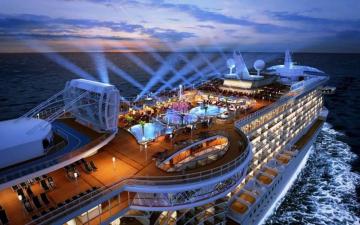
From Alexander the Great's inception to its modern form, the city has stayed a lighthouse of knowledge, variety, and beauty. Its ageless appeal stems from…
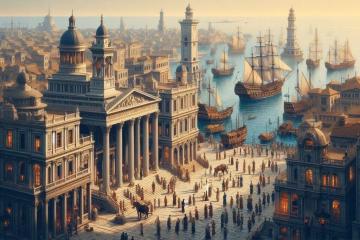
Discover the vibrant nightlife scenes of Europe's most fascinating cities and travel to remember-able destinations! From the vibrant beauty of London to the thrilling energy…

While many of Europe's magnificent cities remain eclipsed by their more well-known counterparts, it is a treasure store of enchanted towns. From the artistic appeal…
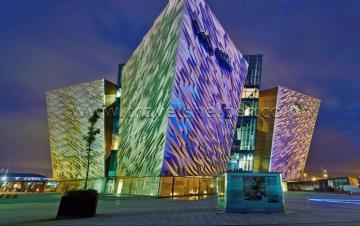
© All Rights Reserved. By Travel S Helper